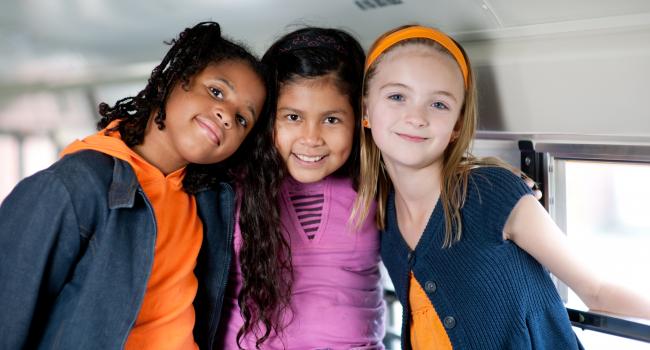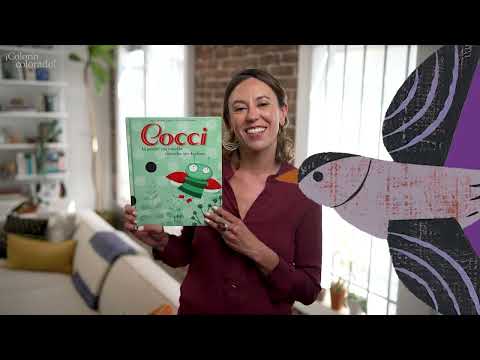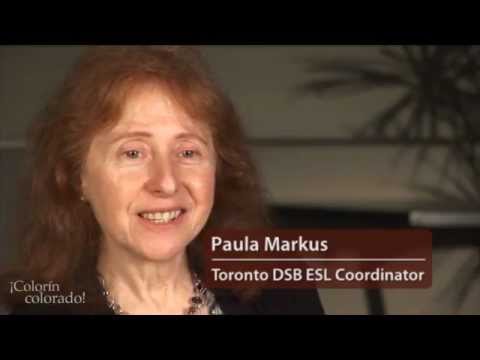Bilingual & Dual-Language Education: An Overview

Bilingual and dual-language education programs are becoming more common throughout the country. Learn about bilingual and dual-language instruction and policy, considerations for special education, and tips for parents on raising bilingual children!
Photo credit: Courtesy of Allison Shelley/The Verbatim Agency for American Education: Images of Teachers and Students in Action.
What You'll Find in This Section
Being bilingual has lots of great benefits for children and adults. Bilingual and dual-language programs are one way to help children become bilingual or to maintain their languages. Learn more from the resources below.
Bilingual & Dual-Language Education
The articles in this section discuss policy surrounding bilingual education, dual-language education programs and the use of the home language in a child's schooling. We encourage you to join the discussion through the comment boxes at the bottom of each article!
Bilingual Education Policy
The Seal of Biliteracy is an award given by a school, district, or state in recognition of students who have studied and attained proficiency in two or more languages by high school graduation. It encourages students to pursue biliteracy, honors the skills our students attain, and can be evidence of skills that are attractive to future employers and college admissions offices.
Seal of Biliteracy: An Overview
What does special education look like in bilingual education programs? What does research say about learning two languages if you have a disability? Learn more from the resources below.
Special Education and Bilingual Education
One of the greatest gifts you can give your child is the gift of two (or more!) languages. Being bilingual is good for your child's brain, makes communication with grandparents and relatives easier, and is an advantage for finding jobs in the future. To learn more, see our resources for ideas on raising bilingual children here.

























